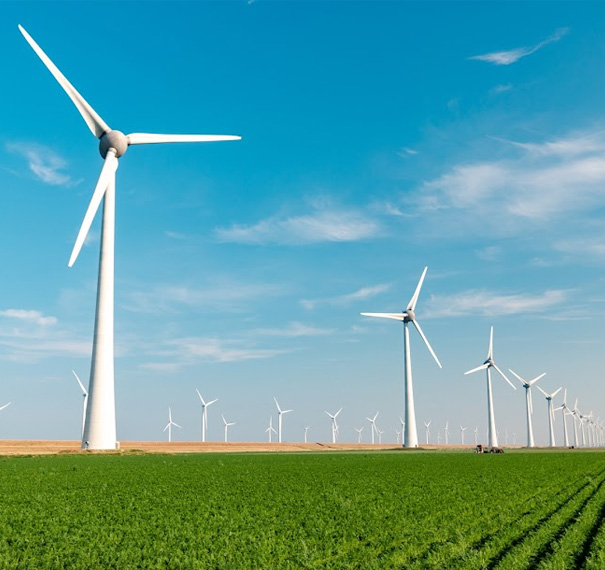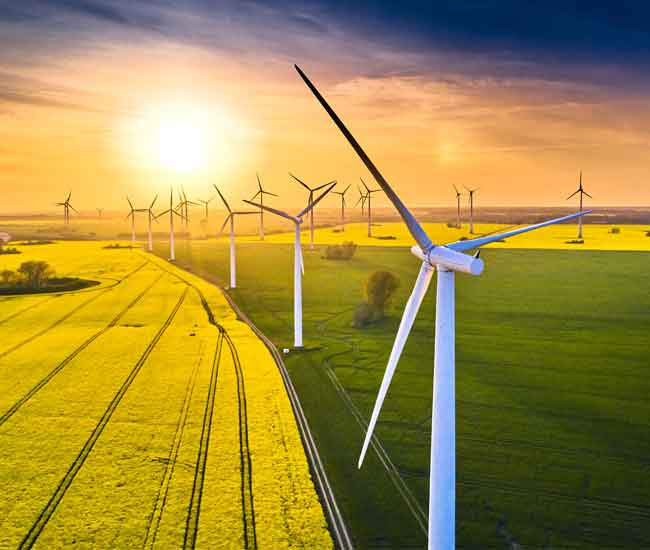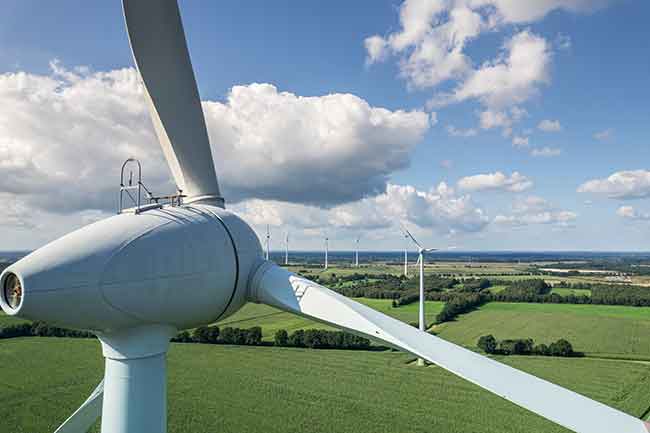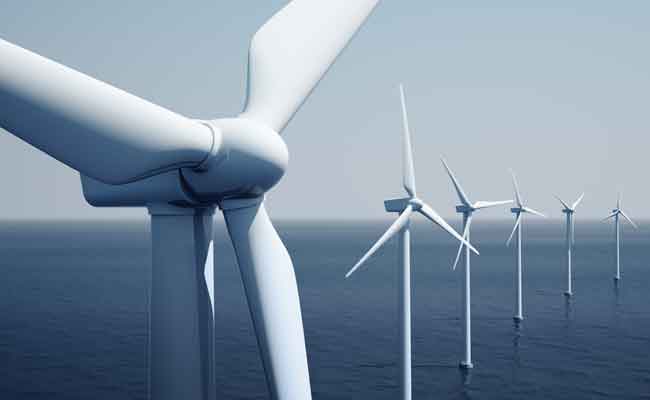Wind power can reduce the use fossil fuels which will reduce the emissions of fossil fuel. But what is wind power and how is it used.
Long before wind was harnessed for creating electricity it was used to do labor-intensive jobs like grinding grains. This made it possible for people to do other jobs while the grain was being ground. At that time they used windmills.
Today we use something similar to a windmill, but they are taller and have fewer blades. They are wind turbines. Wind turbines were created by Charles F Brush in Cleveland OH in 1887. It produced about 12 kW of electricity.
Wind power is actually a type of solar energy. This is because it is caused by the following factors:
Those factors will determine how the high winds are in any given area. A place where there are more trees the North West for example will not have as strong of winds.


Let’s look at how it is harnessed for electricity and define the benefits of using wind power today.
Today’s wind turbines are constructed with an aerodynamic nose. The nose of the turbine faces the wind. The wind spins the turbine which is hooked to a generator. The generator is what changes the wind into electrical energy.
That is an extremely simple explanation of how the wind turbine works. There are more in depth explanations available if you look.
There are two types of wind turbines.
Horizontal axis turbines are the most common today. They have three blades and the turbine pivots at the top of the tower.
Vertical axis is omnidirectional, so they do not need to point into the wind. They often resemble an egg beater. They tend to be more versatile than horizontal axis.
Regardless of the type a turbine can be built on land or offshore. Recently many turbines are being built off shore where they can get more wind.
A turbine will create energy starting at 5 to 6 mph up to 54 mph. At 55 mph it shuts down to avoid damage.


The benefits of wind power include the following:
Those are just some of the numerous benefit of wind power. Wind power is one of the many solutions to climate problems we have today.